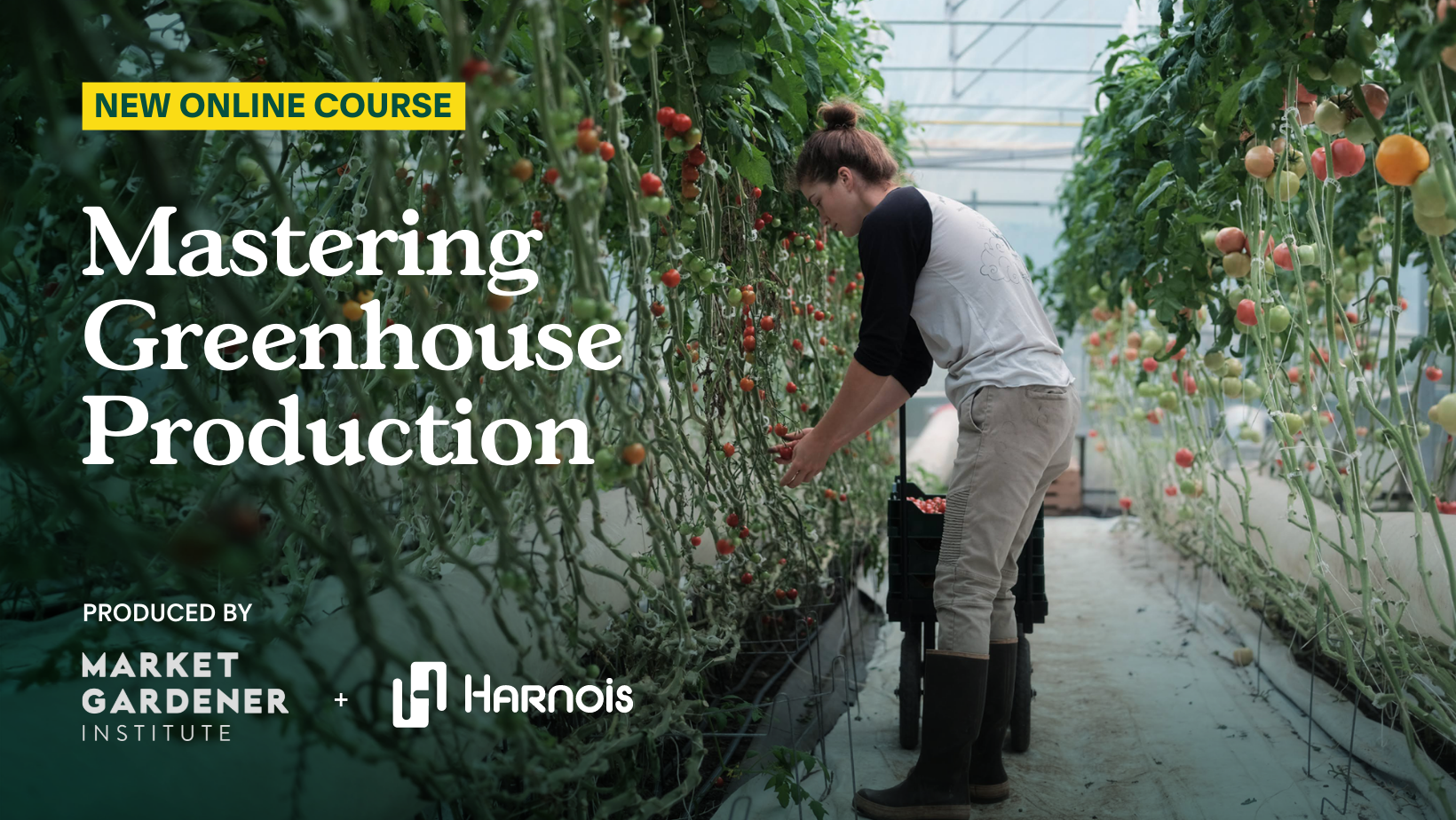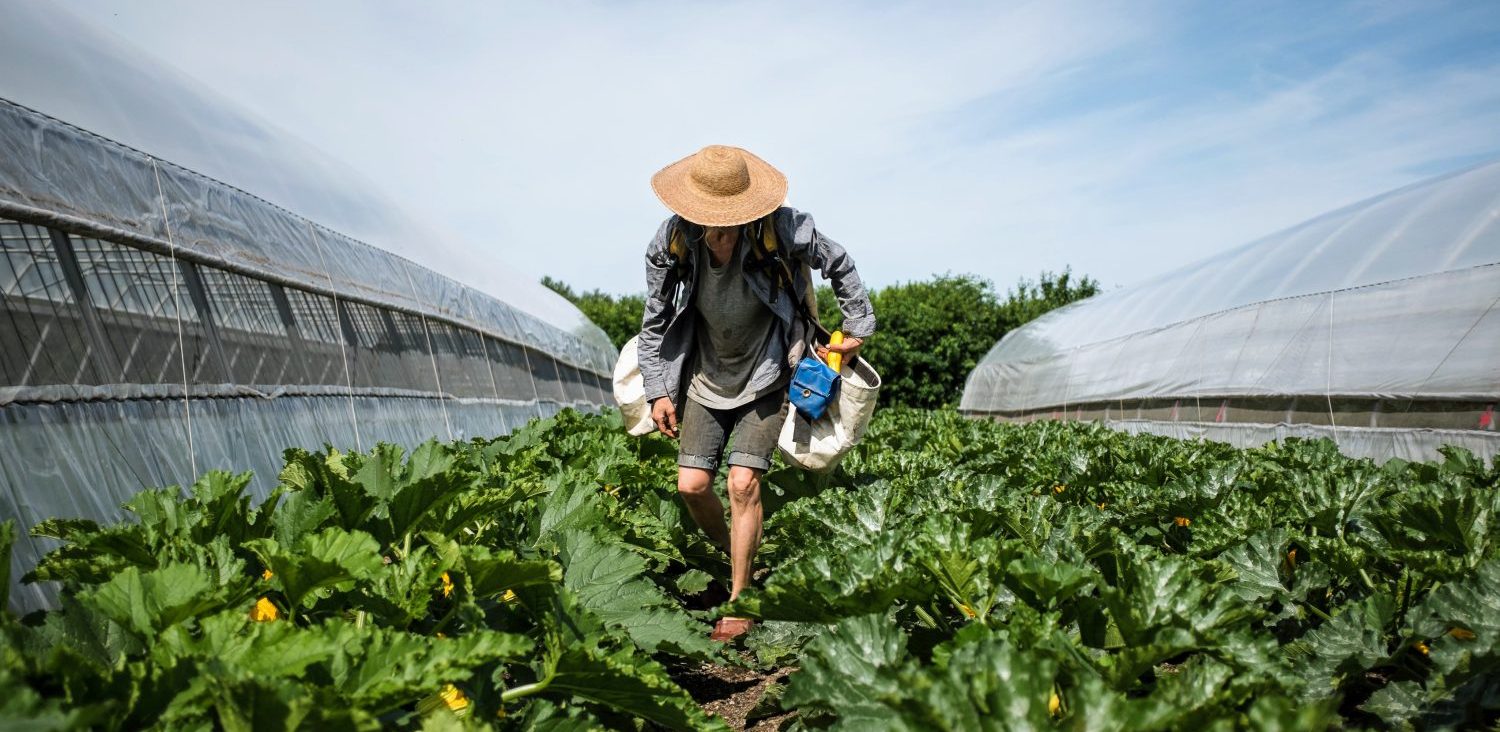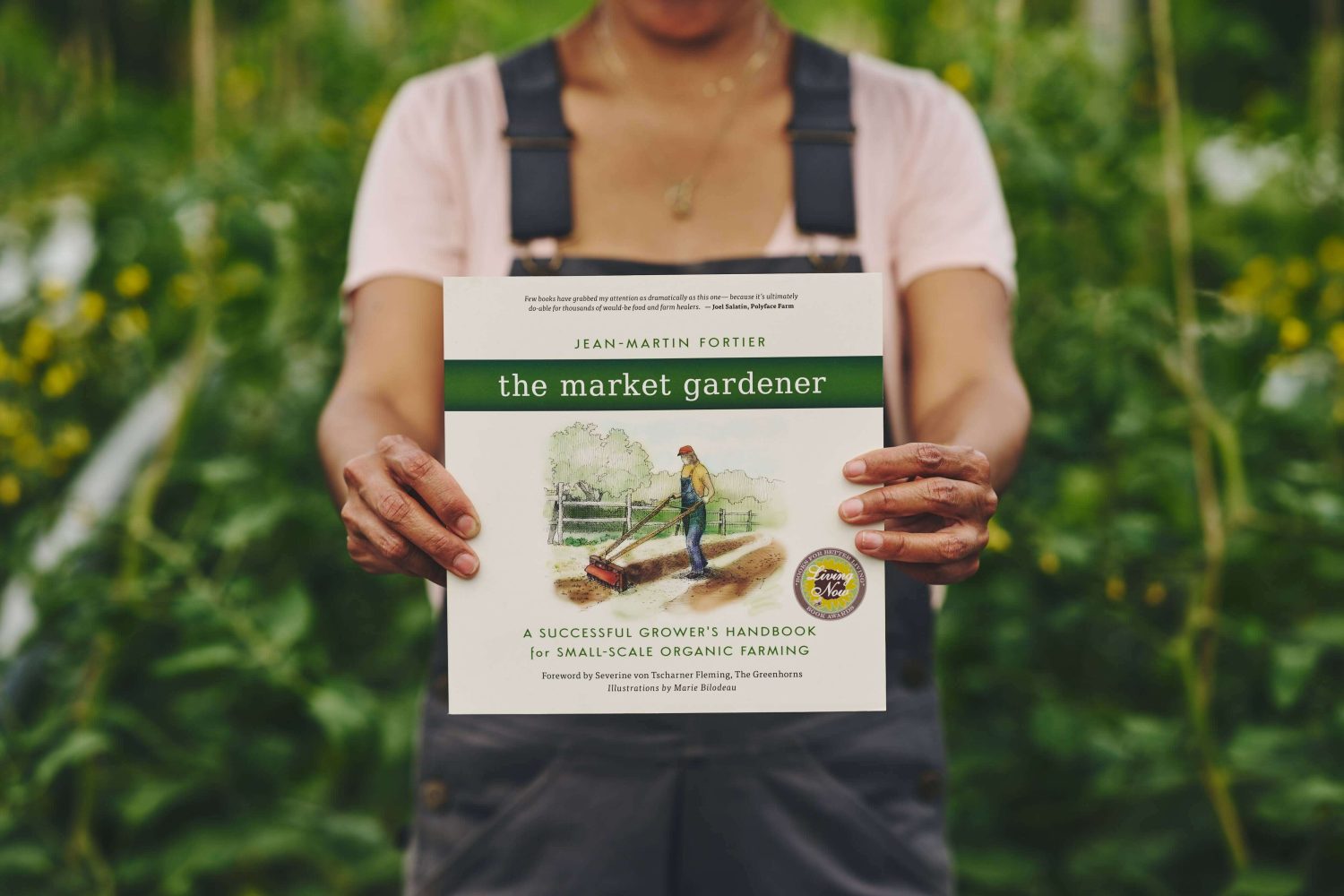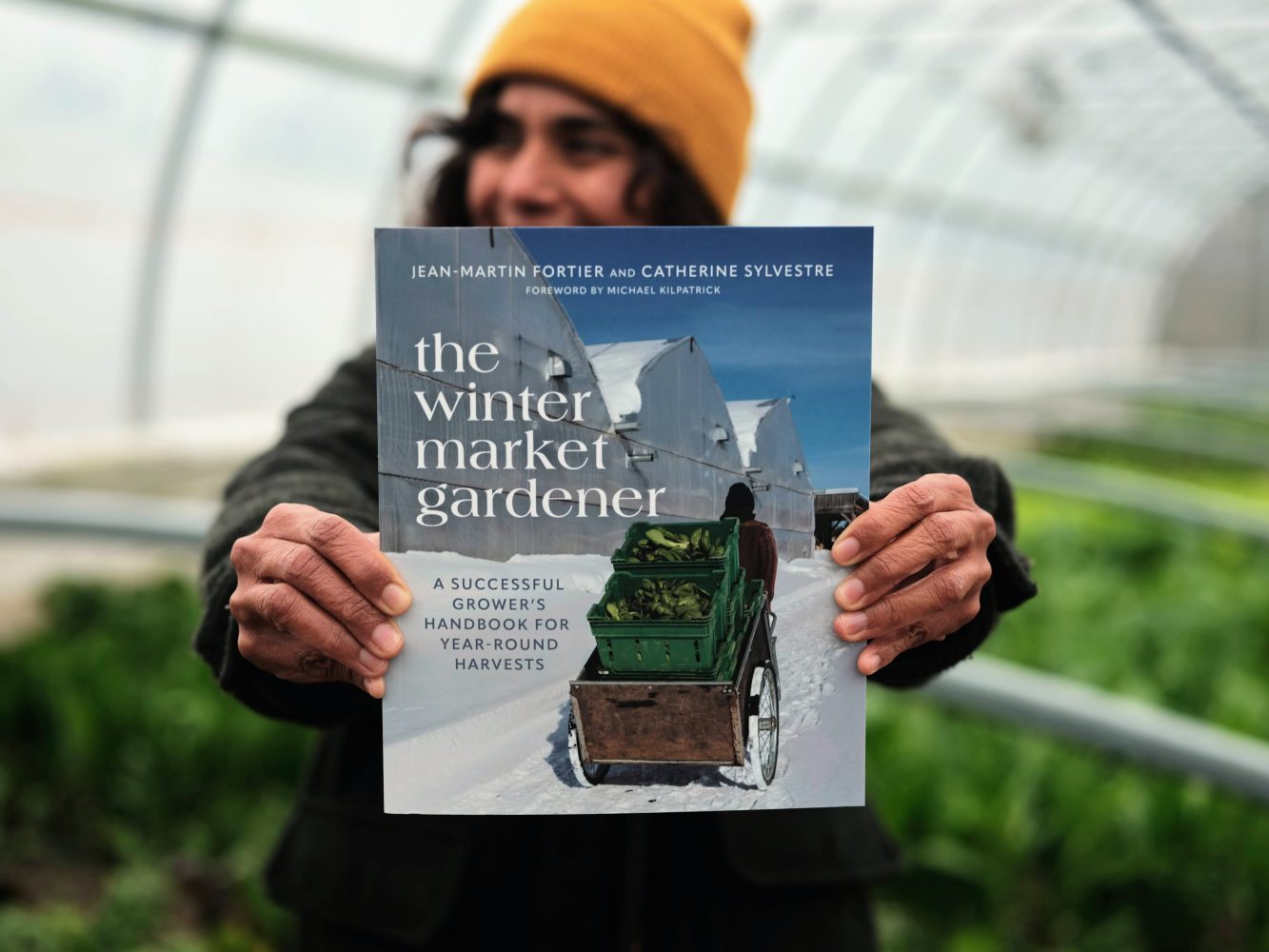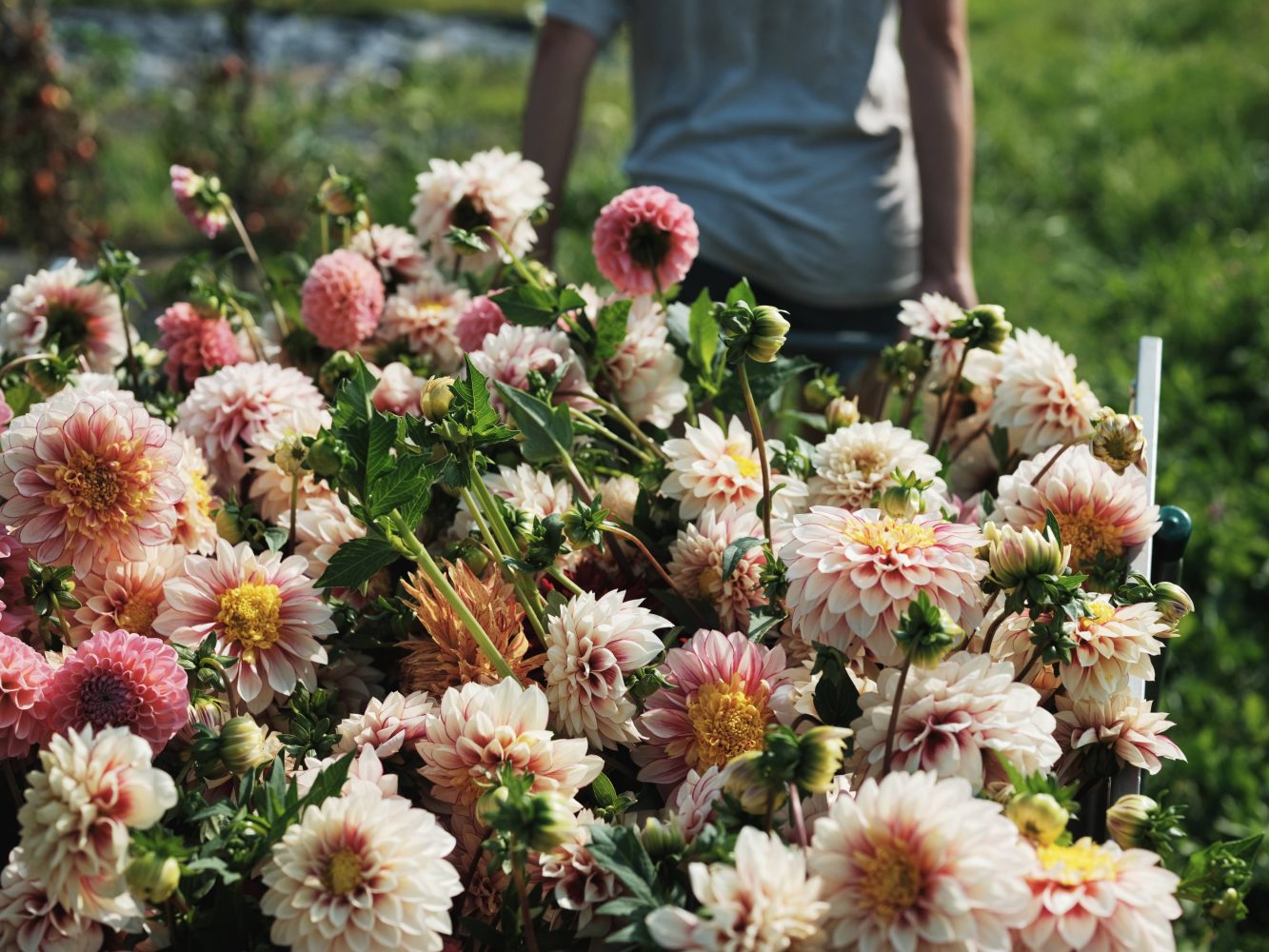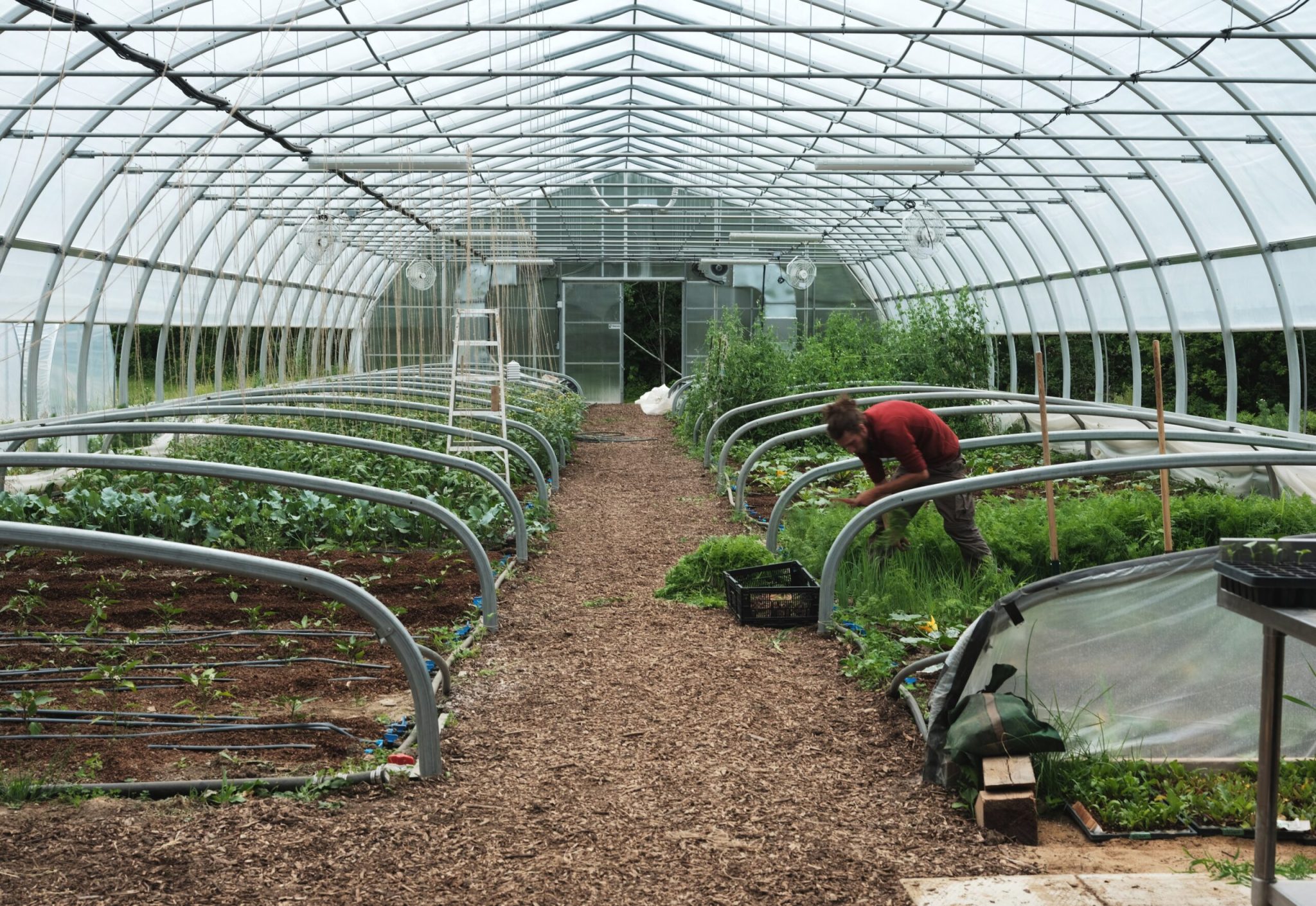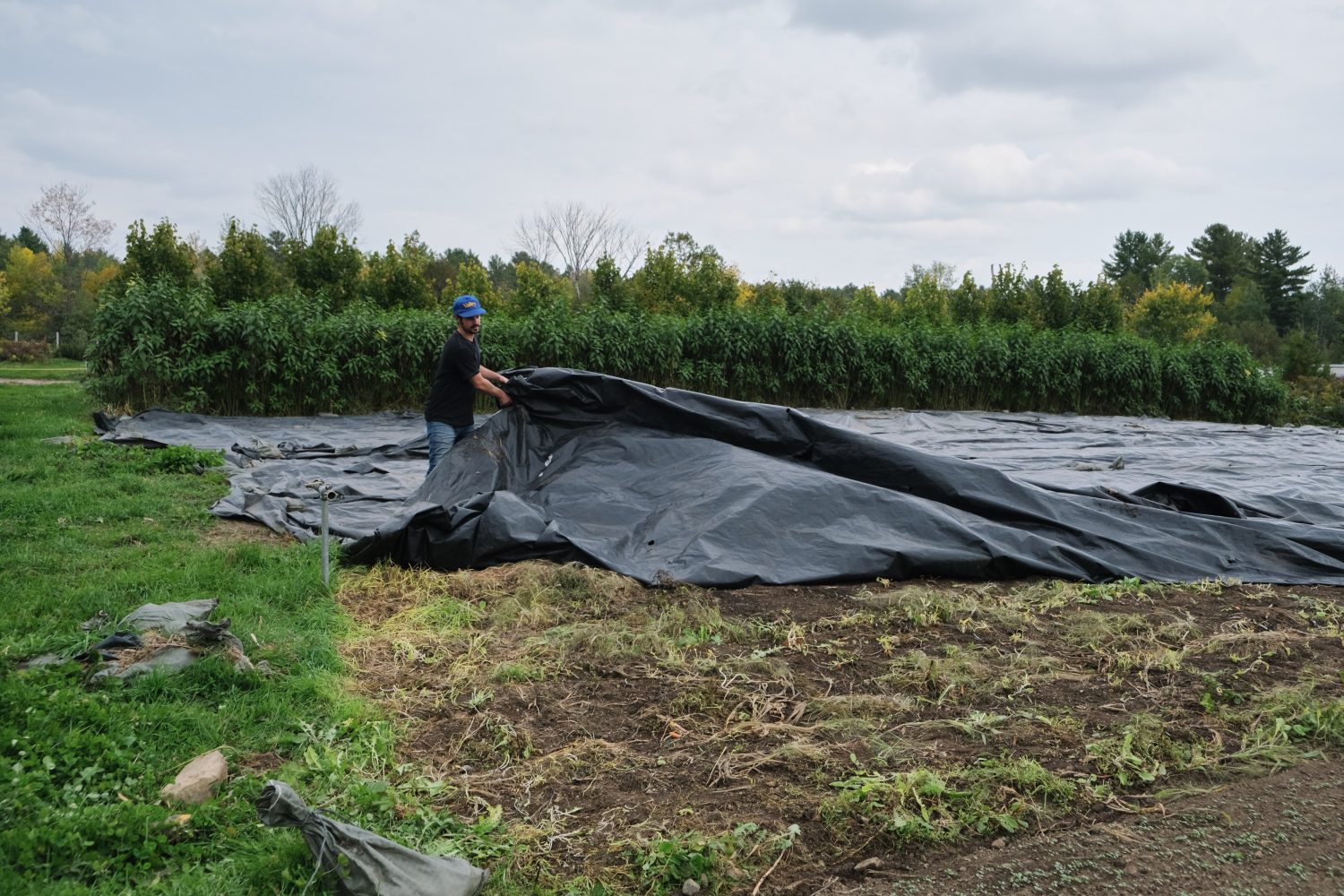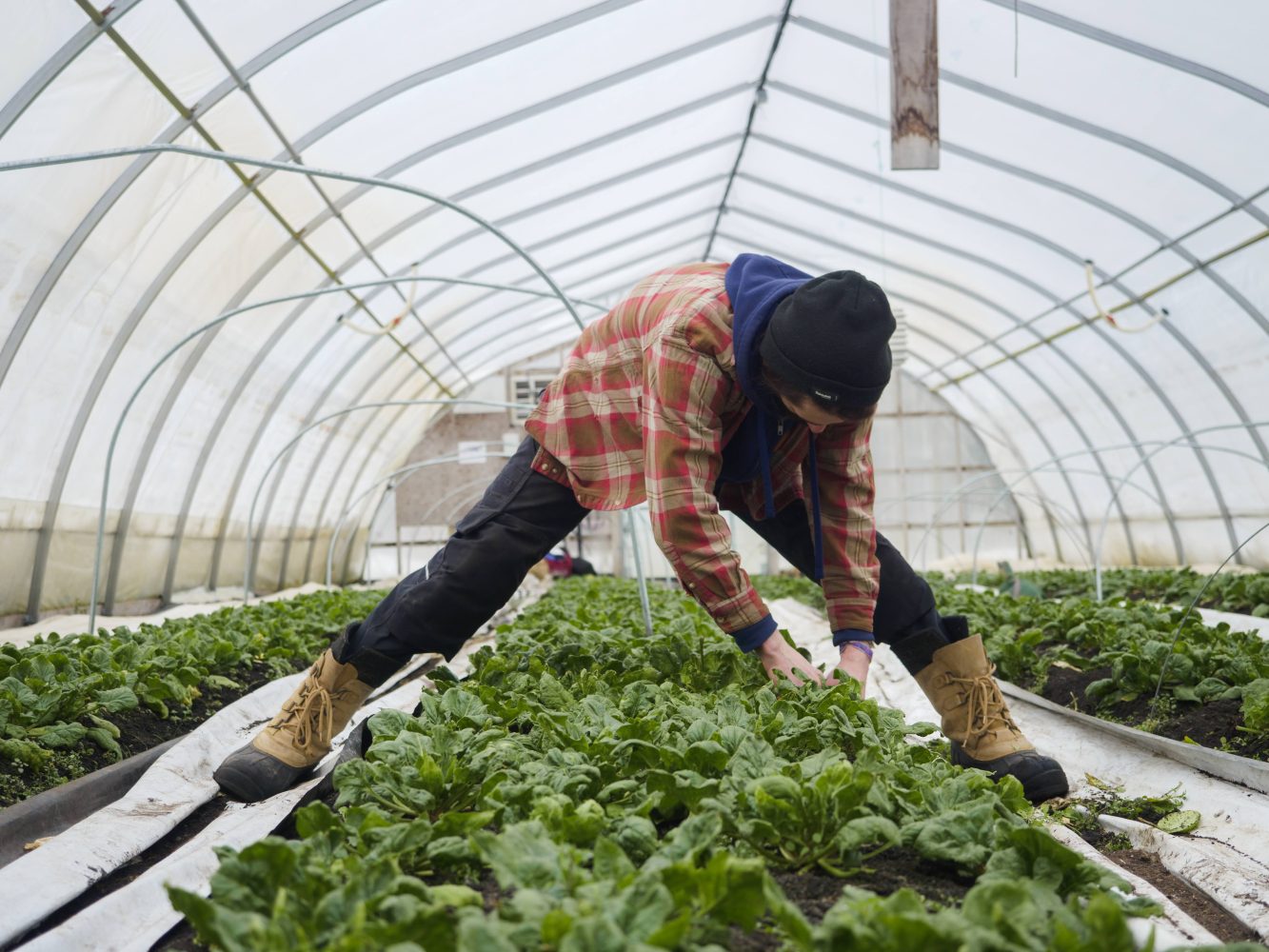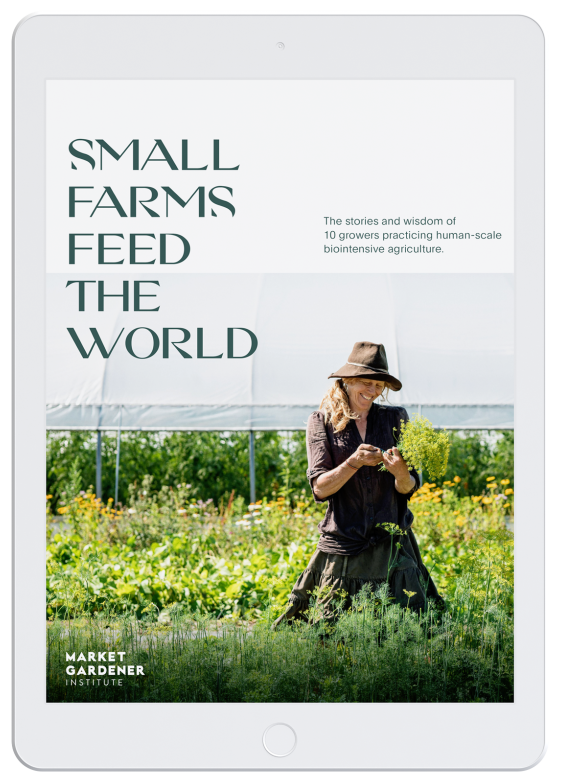A market garden is an agricultural production where the small cultivated area is intensified. This means that techniques such as crop succession are used to produce more vegetables per area. Having a greenhouse in the market garden with equipment is another strategy that is particularly effective in increasing yields per area, and it has even more to offer.
Protecting your Crops from Bad Weather
Crop shelters in general help mitigate a range of weather phenomena that stress your crops. Wind, frost, rain, direct light, temperature variations, hail… the list goes on. In fact, with climate change, these phenomena tend to be more frequent and extreme.
I remember this farm where 90% of the crops in the field were devastated by a hail storm. Sad story… But this is a possibility in market gardening. High winds can also seriously damage your field crops, while heavy rains and high humidity encourage fungal diseases. Not to mention late and early frosts.
The protection that the greenhouse offers has become for some a kind of insurance for their production. However, care must be taken, as a poorly managed greenhouse will still present many a poorly managed greenhouse will still have many challenges, particularly in terms of plant protection. I like the Formula 1 metaphor for greenhouse production: it’s fast, but you can lose control quickly. So caution is in order since a greenhouse is a large investment and contains a lot of value.
Greenhouse Structure and Crop Management
The structure of the greenhouse gives you the ability to install equipment to help you better control the climate, protect your crops, and increase your yields. But it is also important to remember that the structure provides the significant advantage of being able to hang crops.
The structure of a large greenhouse is much stronger than it may appear. Let’s say that a 35 x 100 ft greenhouse contains 6 rows of about 75 tomato plants, multiplied by 2 heads each bearing 20 fruits… That’s a lot of weight. Yet the structure can support it without any problem.
Vertical trellising becomes a decisive advantage for several other reasons. The verticality of the plant combined with a finely calculated density allows the plants to have a better distribution of foliage. This has the effect of maximizing aeration and light capture, which translates directly into higher yields and less disease.
When the plants are trained vertically, the entire crop management is optimized. The crops are hung on a steel wire that runs along the row in height. When tomato plants reach this wire, they can be lowered and moved with the help of a hook where the string is wound. This way, you can grow the same plants throughout the whole season.
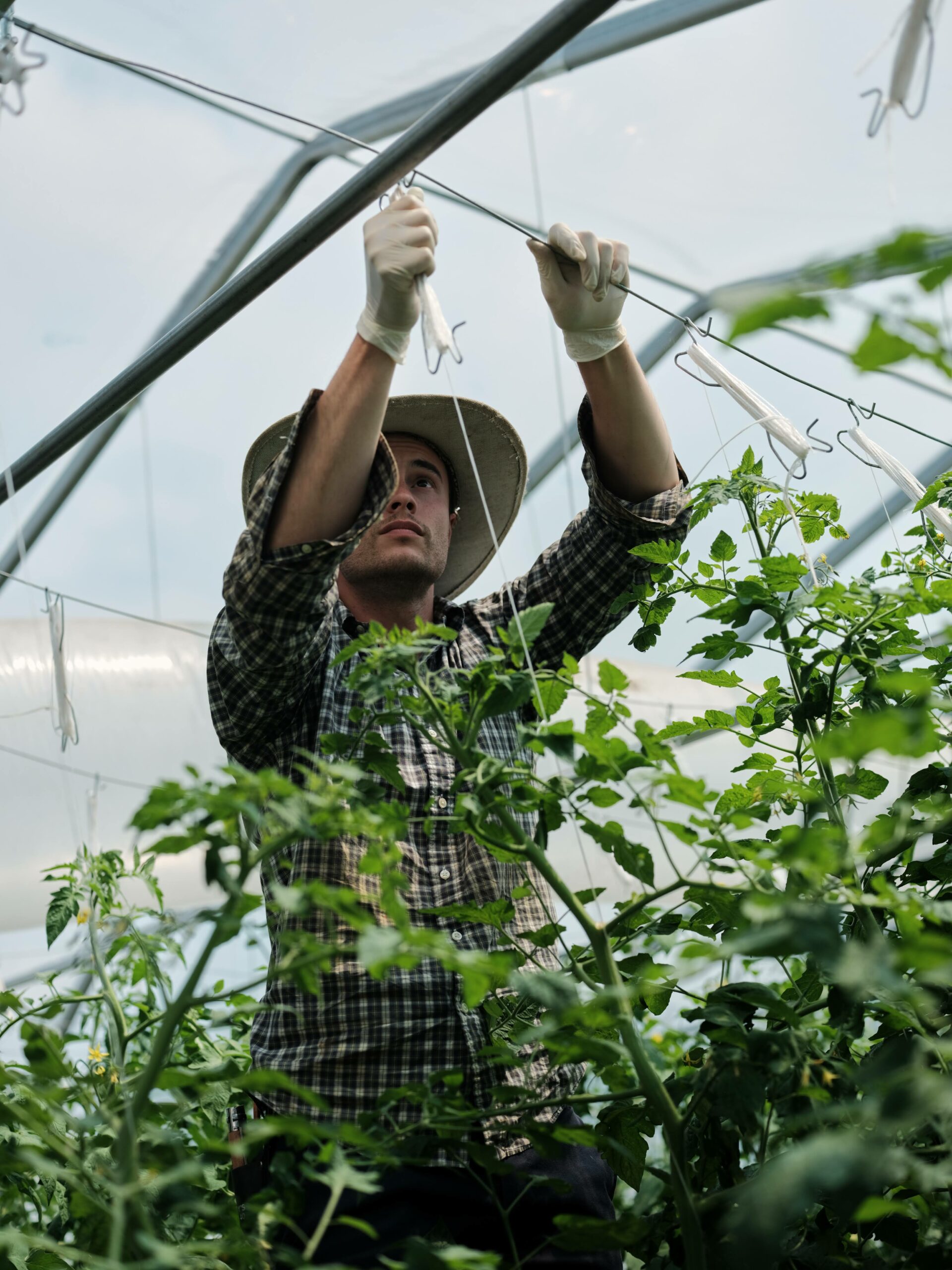
Every effort put into a task becomes more efficient. Lowering the plants, pruning leaves and suckers, harvesting, scouting, fertilizing, irrigation, or ventilation. The time put in the greenhouse translates into a gain in the yields and consistency. So it’s time well invested!
Early, Consistent, and Increased Yields
With the help of a climate controller, the person responsible for the greenhouse must adjust the climate every day, by adjusting the heating, ventilation, dehumidification, and irrigation. This is done by taking into account the amount of light available, the outside climate, the maturity of the plants, and other factors. Properly controlling the climate in which the plants grow confers multiple benefits.
First, you can expect increased yields. A heated greenhouse can double the production of a cold greenhouse. In Quebec, the average yield of tomatoes per square meter per season is 26 lbs (12 kg). In a heated greenhouse, it is possible to reach 60 lbs (30 kg) and more per square meter. It depends on the experience of the person in charge, the equipment at his disposal and the varieties chosen, and the length of the season.
Producing vertical crops in a heated greenhouse ensures consistent harvests every week. Meanwhile, crop protection makes it easy to fit harvests into a stable schedule. Inversely, it is risky to harvest field tomatoes during, or after, heavy rain, as they will split.
You will also be pleased to find that popular crops such as tomatoes, peppers, eggplant, and cucumbers will add a nice diversity to your offering early in the season.
In summary, having a greenhouse in the market garden has the potential to significantly increase your production of profitable and popular crops, as well as giving reliable harvests for your offering. This is a significant advantage for your customers, with whom you will be able to build strong and lasting business relationships. Don’t underestimate the role of the greenhouse in your market garden. It will give you back the effort you’ve put into it to learn its workings!
Want to Learn More About Greenhouse?
The installation of a greenhouse is an important project for the profitability of a farm. However, the learning curve for selecting the right infrastructure and equipment can be steep, and adapting to growing crops in a controlled environment can be a challenge. That’s why we produced the course Mastering Greenhouse Production so you can avoid a lot of costly mistakes and run a successful greenhouse operation.
